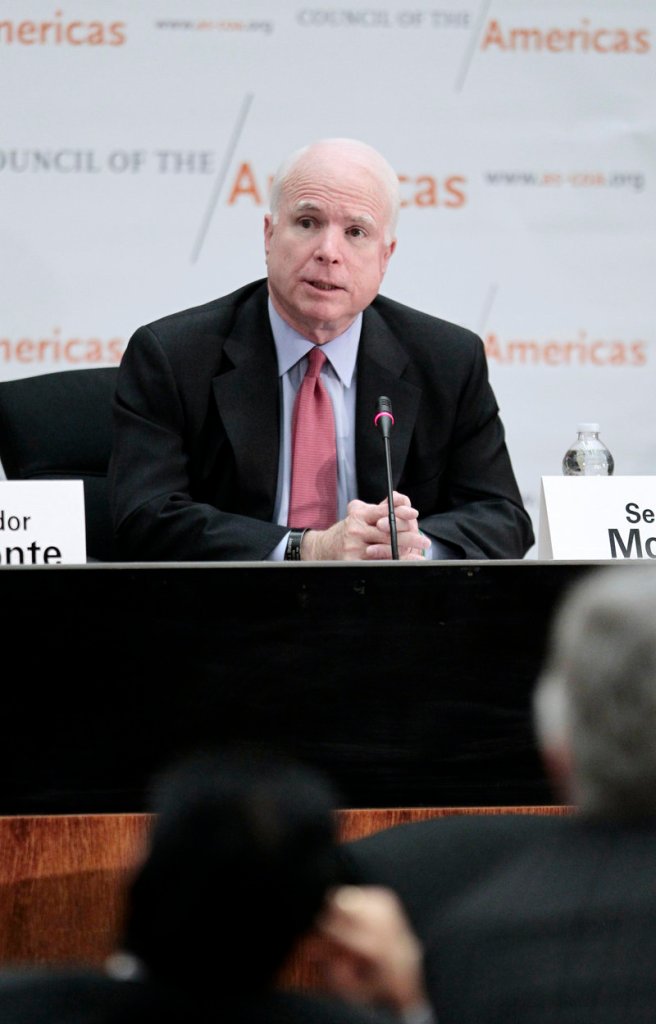WASHINGTON – Despite having no Internet access in his hideout, Osama bin Laden was a prolific email writer who built a painstaking system that kept him one step ahead of the U.S. government’s best eavesdroppers.
His methods, described in new detail by a counterterrorism official and a second person briefed on the U.S. investigation, served him well for years and frustrated Western efforts to trace him through cyberspace. The arrangement allowed bin Laden to stay in touch worldwide without leaving any digital fingerprints behind.
The people spoke to the Associated Press on condition of anonymity to discuss the sensitive intelligence analysis.
Bin Laden’s system was built on discipline and trust. But it also left behind an extensive archive of email exchanges for the U.S. to scour. The trove of electronic records pulled out of his compound after he was killed last week is revealing thousands of messages and potentially hundreds of email addresses.
Holed up in his walled compound in northeast Pakistan with no phone or Internet capabilities, bin Laden would type a message on his computer without an Internet connection, then save it using a thumb-sized flash drive. He then passed the flash drive to a trusted courier, who would head for a distant Internet caf?
At that location, the courier would plug the memory drive into a computer, copy bin Laden’s message into an email and send it. Reversing the process, the courier would copy any incoming email to the flash drive and return to the compound, where bin Laden would read his messages offline.
It was a slow, toilsome process. And it was so meticulous that even veteran intelligence officials have marveled at bin Laden’s ability to maintain it for so long. The U.S. always suspected bin Laden was communicating through couriers but did not anticipate the breadth of his communications as revealed by the materials he left behind.
Navy SEALs hauled away roughly 100 flash memory drives after they killed bin Laden, and officials said they appear to archive the back-and-forth communication between bin Laden and his associates around the world.
Al-Qaida operatives are known to change email addresses, so it’s unclear how many are still active since bin Laden’s death. But the long list of electronic addresses and phone numbers in the emails is expected to touch off a flurry of national security letters and subpoenas to Internet service providers. Such letters allow the FBI to quickly demand information from companies and others without asking a judge to formally issue a subpoena.
Officials gave no indication that bin Laden was communicating with anyone inside the U.S., but terrorists have historically used U.S.-based Internet providers or free Internet-based email services.
The files seized from bin Laden’s compound not only have the potential to help the U.S. find other al-Qaida figures, they may also force terrorists to change their routines.
Send questions/comments to the editors.



Success. Please wait for the page to reload. If the page does not reload within 5 seconds, please refresh the page.
Enter your email and password to access comments.
Hi, to comment on stories you must . This profile is in addition to your subscription and website login.
Already have a commenting profile? .
Invalid username/password.
Please check your email to confirm and complete your registration.
Only subscribers are eligible to post comments. Please subscribe or login first for digital access. Here’s why.
Use the form below to reset your password. When you've submitted your account email, we will send an email with a reset code.